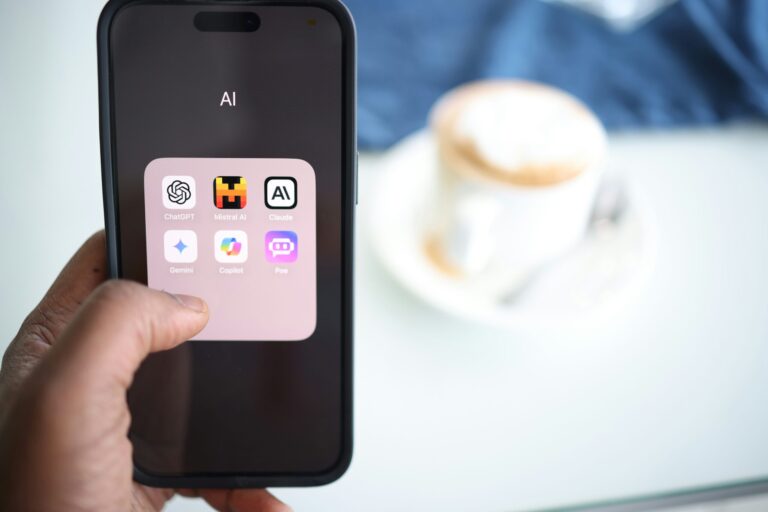The Power of a Simple Idea: How Small Inventions Change the World
Some of the biggest innovations in history didn’t come from massive labs or billion-dollar research projects. They came from regular people who saw a small problem and thought, There has to be a better way.
We tend to think of innovation as something flashy — AI, space travel, self-driving cars. But sometimes, the most life-changing inventions are the ones we barely think about.
Velcro. The paperclip. The bendy straw. None of these will ever headline a tech conference, but where would we be without them?
At Ingenio Magazine, we’re obsessed with the power of ingenuity, and today, we’re taking a deep dive into the unexpected ways small ideas can make a huge impact.
The Most Brilliant “Why Didn’t I Think of That?” Inventions
Some of the best inventions aren’t complicated. They’re just clever solutions to everyday problems.
1. The Post-it Note

Legend has it that Spencer Silver, a scientist at 3M, was trying to develop a super-strong adhesive. Instead, he accidentally created a glue that barely stuck at all. It could attach to surfaces but could also be peeled off easily — totally useless for a superglue, but perfect for removable notes. For years, the idea floated around 3M with no real purpose — until another scientist, Art Fry, realized it was the perfect solution for keeping bookmarks in place.
And just like that, the Post-it Note was born. A failed experiment turned into an office staple found in every school, workplace, and kitchen in the world.
2. The Ballpoint Pen
Before the ballpoint pen, writing was a messy business. Fountain pens required constant refilling, and the ink smudged everywhere. In the 1930s, a Hungarian newspaper editor named László Bíró noticed that printing ink dried quickly and didn’t smear — so why wasn’t pen ink the same?

Together with his brother, he designed a pen with a tiny rolling ball at the tip, which evenly distributed quick-drying ink as you wrote. The ballpoint pen revolutionized writing, becoming the go-to tool for students, workers, and astronauts (yes, they even work in space!).
3. Velcro: Inspired by Nature
Sometimes, the best ideas come from just paying attention to the world around you. In 1941, Swiss engineer George de Mestral noticed that burrs — those little sticky plant seeds — kept clinging to his clothes and his dog’s fur.

Instead of just brushing them off and moving on, he took a closer look under a microscope and saw that the burrs were covered in tiny hooks that latched onto fabric. That observation led to the invention of Velcro, now used in everything from shoes to astronaut suits.

What Can We Learn from These Small but Mighty Ideas?
At first glance, none of these inventions seem groundbreaking. But they all share the same key qualities:
- They solve an everyday problem.
- Post-it Notes: Keep reminders in sight without damaging paper.
- Ballpoint Pens: Make writing cleaner, faster, and more convenient.
- Velcro: A simple, reusable fastener that works in all conditions.
- They come from curiosity.
- Instead of dismissing a “mistake” (like weak glue), these inventors looked deeper.
- They paid attention to small frustrations and everyday annoyances.
- They asked, “How could this be useful?” instead of “This doesn’t work.”
- They became a part of daily life.
- The best ideas don’t have to be the most high-tech or complex.
- They just need to be useful enough that people start wondering how they ever lived without them.
Your Big Idea Might Be Simpler Than You Think
The world doesn’t just need big ideas. It needs smart ones. Maybe the next world-changing invention isn’t a billion-dollar breakthrough — it’s a simple fix for an everyday frustration.
So the next time you find yourself struggling with something, take a moment. Look closer. The best ideas often start with one small question: “What if?”




